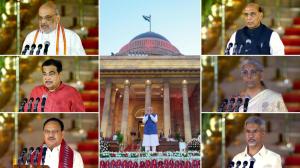Northwest India experienced a monthly average maximum temperature of 38.02 degrees Celsius, which is 1.96 degrees Celsius above the normal range, making it the warmest June in 123 years. Meanwhile, the average minimum temperature stood at 25.44 degrees Celsius, exceeding the norm by 1.35 degrees Celsius, IMD data showed.
IMD Chief Mrutyunjay Mohapatra highlighted that the mean temperature for June was 1.65 degrees Celsius above normal. Northeast India, on the other hand, faced a significant 33% rainfall deficit in June. Mohapatra attributed this shortfall to the sluggish advance of the monsoon over the northern and eastern parts of the country due to the absence of typical weather systems.
“Only one low-pressure area developed towards the end of June. Normally, we get three low-pressure systems. The Madden-Julian Oscillation was not favourable, and therefore, we could not get enhanced convection and low-pressure systems,” he explained.
The absence of active western disturbances, especially during the June 10 to June 19 period, contributed to the extended dry spell and heatwave conditions in northwest and central India. Mohapatra noted that only three western disturbances were observed across north India (June 5-10, June 19-25, and June 26-28), compared to the normal four to five.
This unprecedented heat highlights the growing challenges posed by climate change and the need for effective mitigation strategies.


















